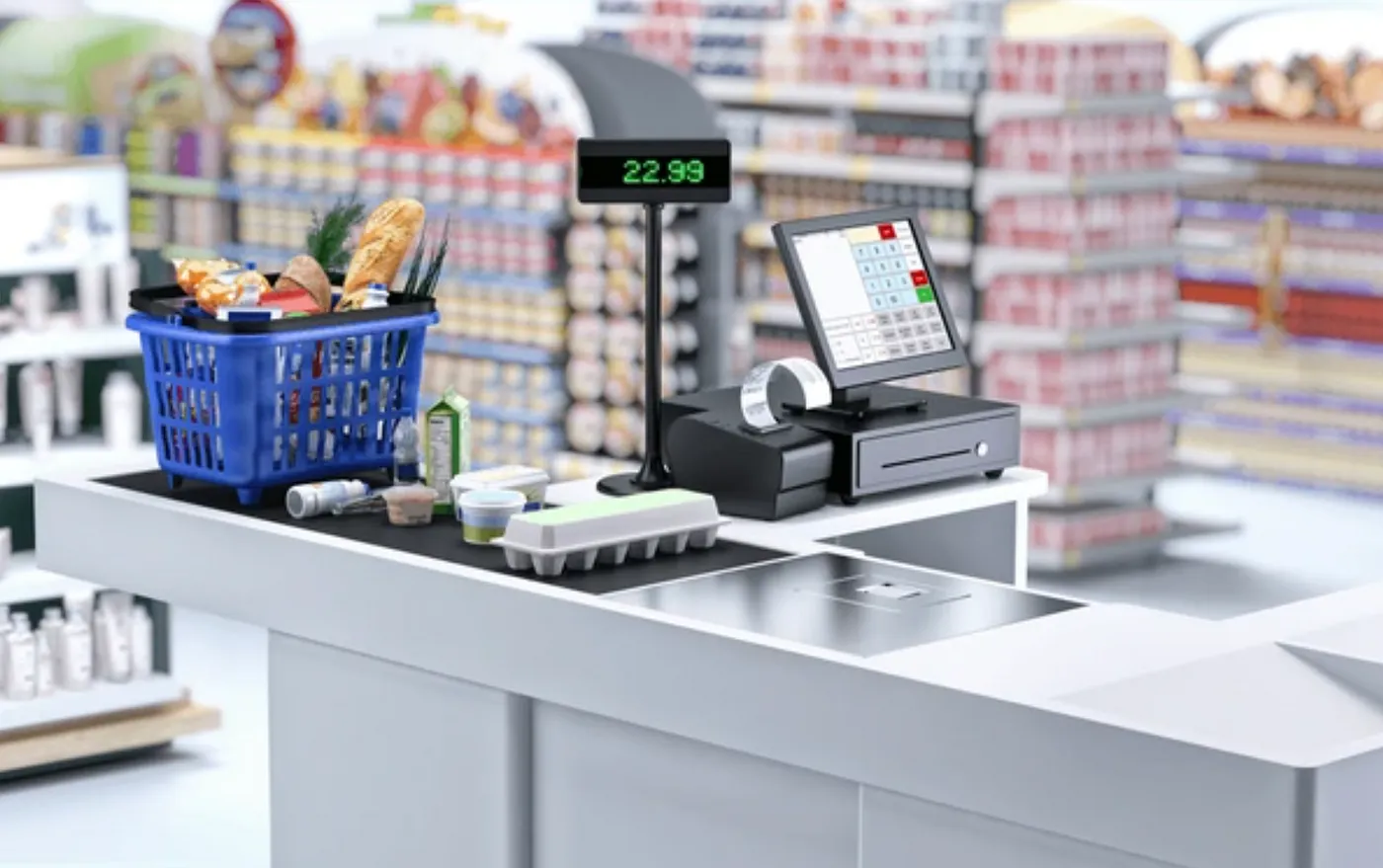Apr 16, 2024 | Arun Subramanian
Assortment planning involves choosing products for local and seasonal collections through a detailed analysis. Throughout this process, store managers and retail professionals select items by considering past customer orders and other data gathered about their customer demographics.

Assortment recommendation involves recommending the products to be stocked at the store level for a given time-period. The recommendations are typically at the store-level to leverage the real-time demographic information. Here both the choice of products to be recommended and their quantity are critical for prediction. Min-max replenishment can be leveraged throughout, and especially for extending the same assortment for a longer period, in a rolling fashion i.e. replenishing when quantity falls below minimum. For the store owner, it would be extremely beneficial to know the new product ranges which have been recommended and the profits in gross margin he can visualize by making the recommended decisions. From any resulting assortment recommendation, it is now possible to analyse the same by comparing with the current state of inventory. This can give insights into understocked or overstocked inventory.
Further by creating a hierarchy over the store (such as distribution centres, zones, regions) one can gain aggregate actionable insights at these various levels.
Machine learning algorithms can analyse historical sales data, market trends, seasonality, and other factors to forecast demand for different products. This helps retailers make informed decisions about which products to stock and in what quantities to meet customer demand effectively.

Machine learning can segment customers based on their buying behaviour, preferences, demographics, and other relevant factors. By understanding customer segments, retailers can personalize assortments, promotions, and pricing strategies to target different customer groups more effectively.
Segmentation of the products too is useful because such a grouping could be mapped to the aggregate demand for that group of products thus increasing the serviceability to the customer.
Actuals versus real is determined by comparing the predicted assortment with actual sales. This is carried out both for range of products recommended and their quantities. If the range of products are not determined accurately or if their quantities are not sufficient, it would result in “misses” and hence customer dissatisfaction. Analysing the miss data and revenue lost due to the same is a critical component in this case.
Here are some metrics that can be used to measure the success of an assortment plan:
Assortment planning plays a role in reducing environmental impact by avoiding wasteful logistical back-and-forth activities such packing, storage, transportation etc. This in a scale of daily operations, could help avoid major harm to the environment via carbon footprint.
Over a period, the data involving both the actual sales, and the predicted assortment range and quantities, accumulate, thus giving some valuable insights. Insights such as model bias, historical sales could be visualized to better serve the future assortment predictions, and the impact of changes on the bottom-line. Further aggregate performance indicators of tops brands, manufacturers, suppliers etc could be tracked.
Assortment planning as a domain requires at times to predict for huge number of SKU across product lines, across the entire historical data. The ideas of distributed computation, parallelization, efficient model training and inference catering to each type of model (time-series, neural networks, graph networks), efficient ETL and finally big-data handling are crucial.
Assortment planning is integral to retail success, optimizing product selection through data-driven insights and AI. By leveraging machine learning for demand forecasting and customer segmentation, retailers enhance customer satisfaction and profitability. Metrics like sales performance and gross margin ensure effective strategy execution, while sustainability and technological advancements drive continual improvement.
Explore insights on AI-driven retail innovation, customer experience excellence, and smarter inventory management.
Empower your AI journey with our expert consultants, tailored strategies, and innovative solutions.